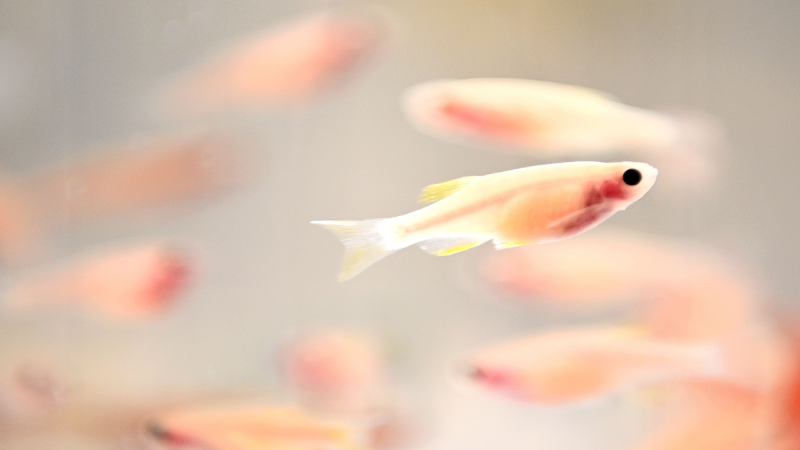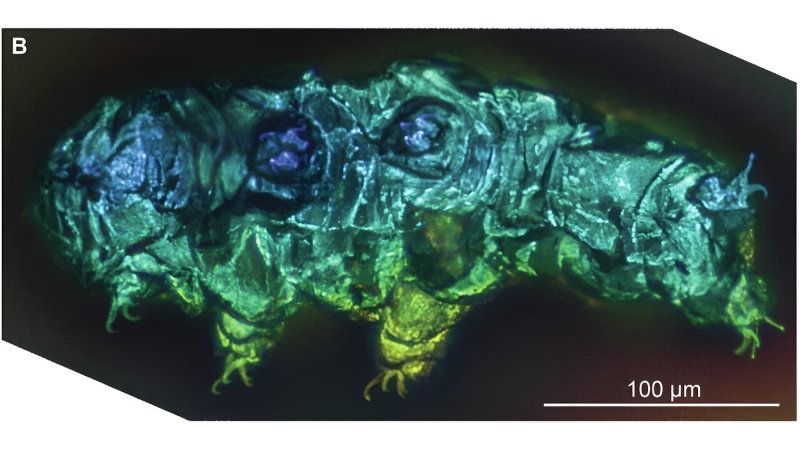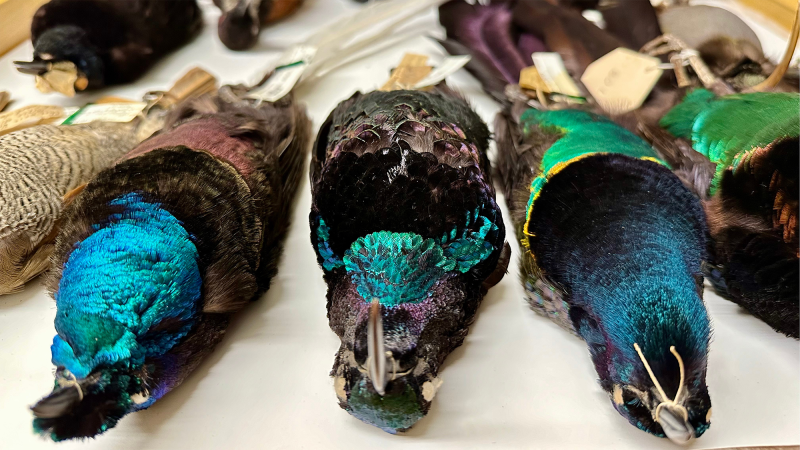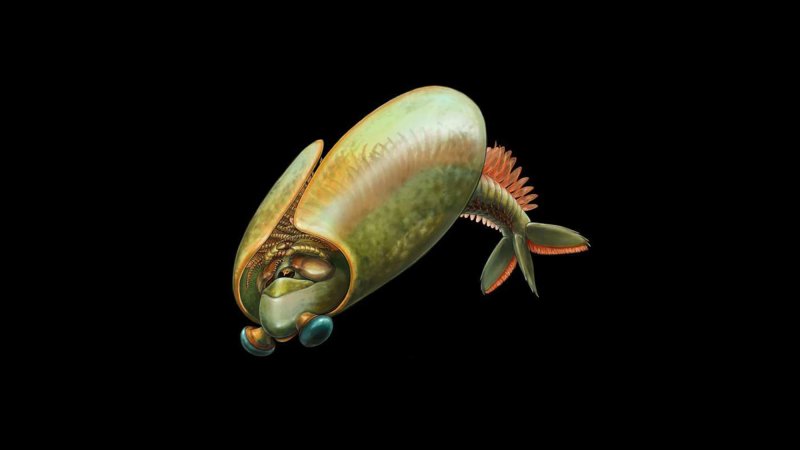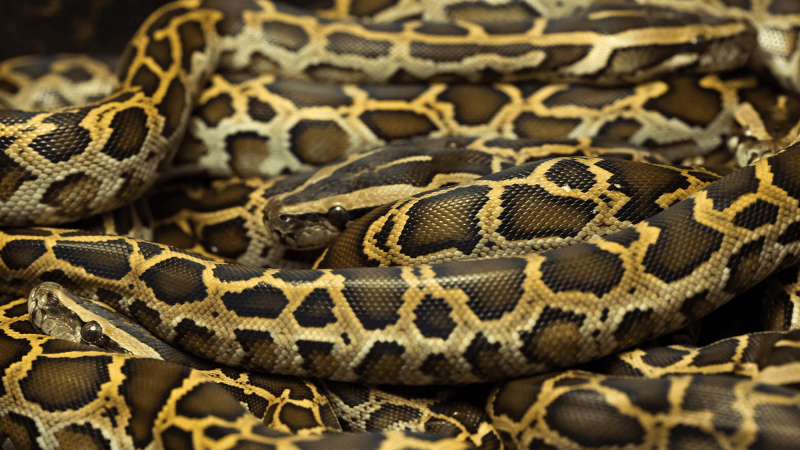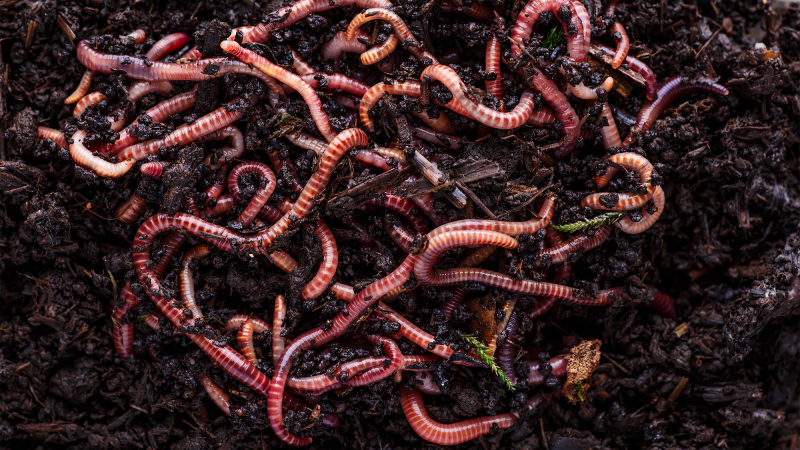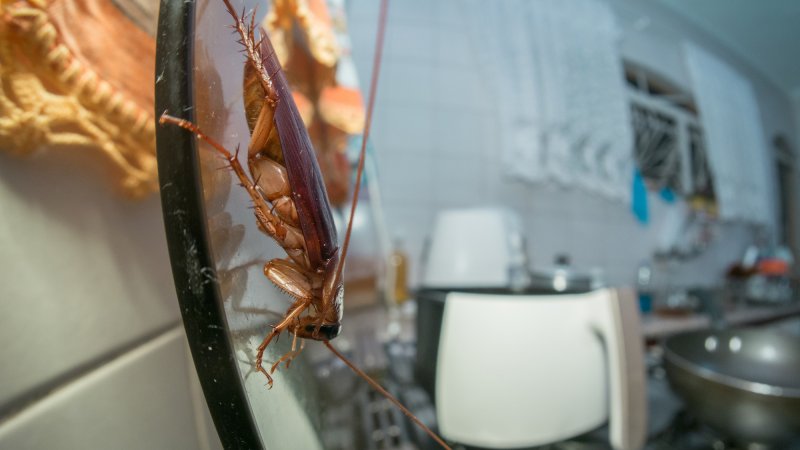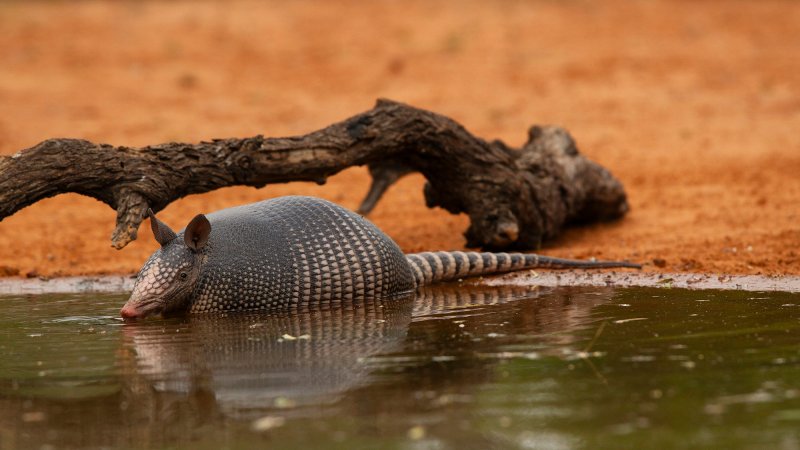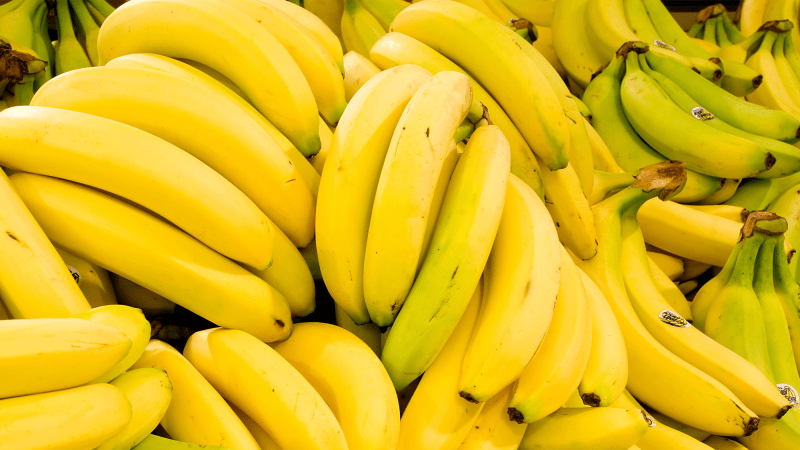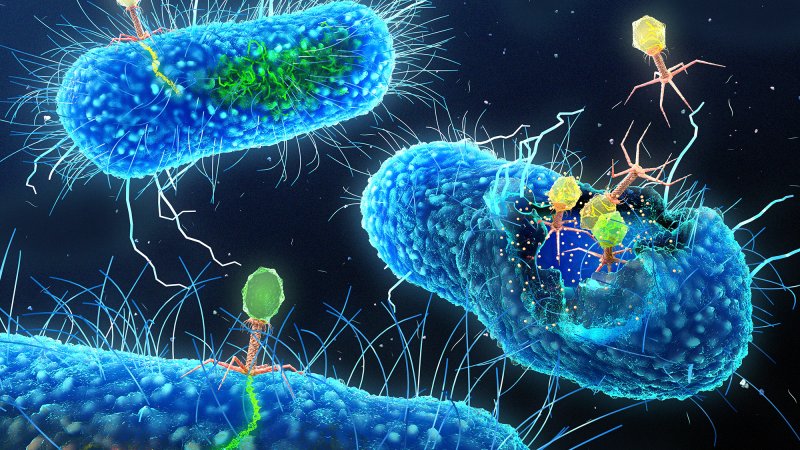

Among the numerous snakes on planet Earth, pythons are well known for their incredible ability to swallow their prey whole. Some python species have been spotted taking down deer, cows, and even alligators, but they don’t generally eat every single day the way that most animals do. While scientists have observed their eating patterns for decades, less is known about how this affects their hearts. It turns out that to eat this way, pythons rapidly increase their heart rate, body mass, and energy output just for a meal.
A study published August 19 in the journal Proceedings of the National Academy of Sciences (PNAS) found that python hearts appear to become less stiff, even while the blood pumping muscle is doing the work required to eat such a large meal. With more research, understanding how the python heart does this could be applied to heart diseases in humans one day.
Feasting and fasting
In the wild, pythons must often go for months at a time without eating due to food scarcity. When they do eventually find food, they will really go for it and often eat a meal that can equal their body mass.
[Related: Scientists propose eating more python.]
“It [is] crucial to their survival to be able to have long fasting periods that are not harmful to them and to be able to consume these large meals intermittently,” study co-author and University of Colorado biologist Leslie Leinwand tells Popular Science. “One adaptive response to such a lifestyle is that almost all of the organs in their body get much larger in the first week after such meal consumption and after the meal is consumed, their organs shrink back to a little bigger than their fasting size.”
To learn more about the effects that their feeding style has on their bodies, Leinwand and the team compared the hearts of ball pythons (Python regius). One group of pythons had fasted for 28 days. The other group ate a meal of whole rats that were equivalent to a quarter of the snake’s body mass.

Compared with the hearts of pythons who hadn’t eaten, the fed pythons increased their own mass by close to 25 percent after eating. The general structure of the heart was mostly unchanged after meals.
In the fed pythons, the cardiac myofibrils–individual units in cardiac muscle cells that help the heart contract–had generated more force to eat. The cardiac myofibrils also relaxed more slowly and were less tense than myofibrils in the hearts of fasted pythons. The chromatin in the heart muscle cells that alters how genes respond to physiological stress in the fed pythons was also less condensed in the fed pythons compared to fasted pythons.
The cardiac ventricle tissues that help the heart pump blood were also less stiff in the fed pythons than the fasted ones. According to the study, it only took 24 hours after eating a large meal for the python heart to become much less stiff.
[Related: Stressed rattlesnakes just need a little help from their friends.]
Future applications for ‘stiff’ hearts
Stiffness in the heart can be troublesome in animal hearts because it can prevent blood from flowing properly. In humans, cardiac amyloidosis or “stiff heart syndrome” can lead to abnormal heartbeats and faulty heart signals. For pythons, their hearts appear to be avoiding the pitfalls of a stiff heart. Their hearts become much more stretchy while still producing the immense forces required to eat their prey.
“We have shown that this organ size increase is what we call physiological–or healthy,” says Leinwend. “In the heart, such an increase is what is seen in highly conditioned athletes.”
However, there is still more research needed to determine how this can be used to help human hearts.
“If we could apply the biology of pythons that do this healthy thing in their hearts, it could be very helpful to people with heart disease,” says Leinwend. “There is a lot of fascinating biology in the world that can lead to better understanding and treatment of disease.”



